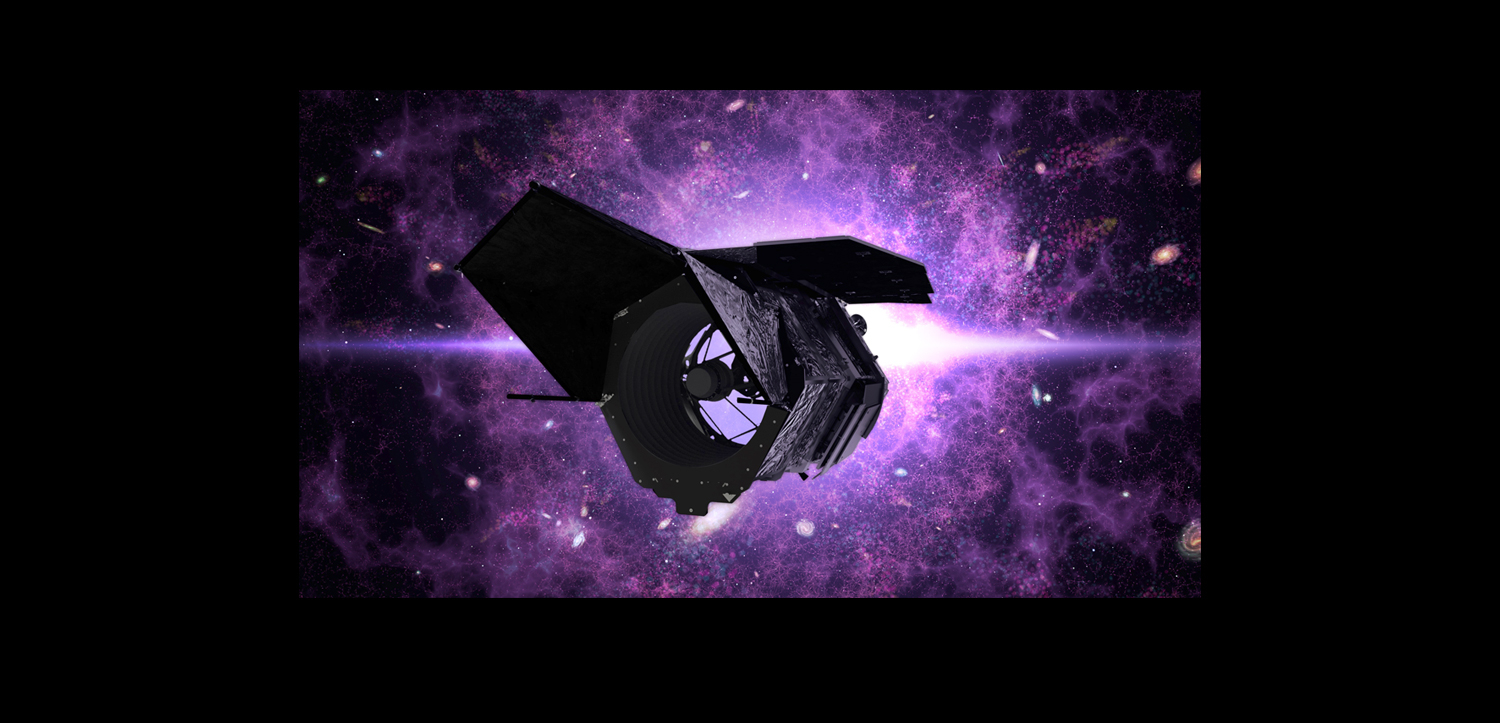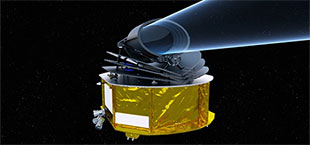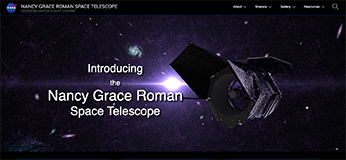How did the Universe begin, and how did evolve to what we now see? How many planets are out there that are similar to the Earth? These are questions fundamental to not only astronomy, but for the whole of humankind.
It is known that the galaxies were born from the slight fluctuations in density at the very beginning of the Universe, but their formation, distribution and structure depended on how the Universe expanded. That expansion is determined by the energy and matter that exist in the Universe. The existence of “dark energy” is thought to have caused the Universe to undergo an accelerated expansion, and the details are one of the biggest mysteries of modern cosmology. To gather clues, the expansion rate of the Universe over 10 billion years must be examined very precisely, and the distribution of hundreds of millions of galaxies and dark matter accurately measured, to identify slight features due to the existence and nature of dark energy.
More than 100 billion stars in our Galaxy are thought to host planetary systems, including that of our own Solar System. But while thousands of extrasolar planets have been discovered to date, the majority of these have orbits relatively close to their star with distances less than the orbit of the Earth around the Sun at 1 astronomical unit (the average distance between the Sun and the Earth). How are these planets formed? Do any systems exist that are like our Solar System? To discover this, we need to look at planets on longer orbits beyond the snow line (the distance from the star where water, carbon dioxide and other volatiles can become ice) to give a complete picture of the orbits and distribution of the planets within the Galaxy.
Moving further forward, it will important to directly observe representative exoplanets to study their properties in detail and to investigate the signs and possibilities for life.
The Nancy Grace Roman Telescope is being developed by NASA with the aim of launching in the mid-2020s. The telescope will observe hundreds of millions of galaxies and thousands of supernovae to tackle the mystery of dark energy and the accelerated expansion of the Universe. To obtain an overall picture of the extrasolar planet population, Roman will seek to observe fluctuations in brightness of hundreds of millions of stars to detect planets on wider orbits through a technique known as gravitational microlensing.
The Nancy Grace Roman telescope combines a large optical telescope with a primary mirror diameter of 2.4m, which is equal in size as the Hubble Space Telescope, with a wide-field observation instrument that has a field of view about 200 times that of the Hubble infrared camera. This allows for high precision measurements of a large number of celestial bodies across a wide stretch of the sky. These wide-field near-infrared observation will be used not only for cosmology and extrasolar planets, but also across a wide range of astronomical research.
The Roman telescope is additionally equipped with a coronagraph for demonstrating the technology needed for future research on exoplanets, allowing full-scale direct observations of these distant worlds from space for the first time.
Japanese research teams including those at JAXA are participating in the Roman project through the production of optical elements for the coronagraph, and coordinated observations with ground stations and ground-based observatories.
(Image credit : GSFC/SVS)

DevelopingNancy Grace Roman Space Telescope
[International partner mission] The Roman Space Telescope is a NASA observatory designed to unravel the secrets of dark energy and dark matter, search for and image exoplanets, and explore many topics in infrared astrophysics.
 Dragonfly - Flights of Exploration Across Saturn's Moon Titan
Dragonfly - Flights of Exploration Across Saturn's Moon Titan
 The Atmospheric Remote-sensing Infrared Exoplanet Large-survey (Ariel)
The Atmospheric Remote-sensing Infrared Exoplanet Large-survey (Ariel)

